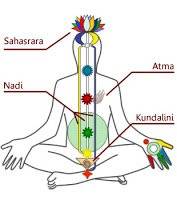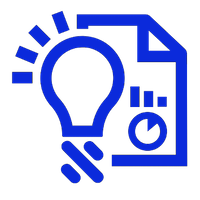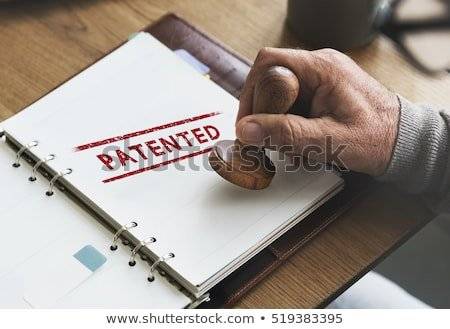First Publication Date: 9th June 2010
The Council for Scientific and Industrial Research (CSIR) has recently incorporated materials on yoga to the Traditional Knowledge Digital Library (TKDL). The materials include data on various yoga postures and videos relating to them. The information on yoga has been collected by CSIR from ancient Indian texts such as Patanjali. As per Dr. Gupta from CSIR, the addition of the materials to TKDL will play an important role in preventing patent grants relating to yoga…






